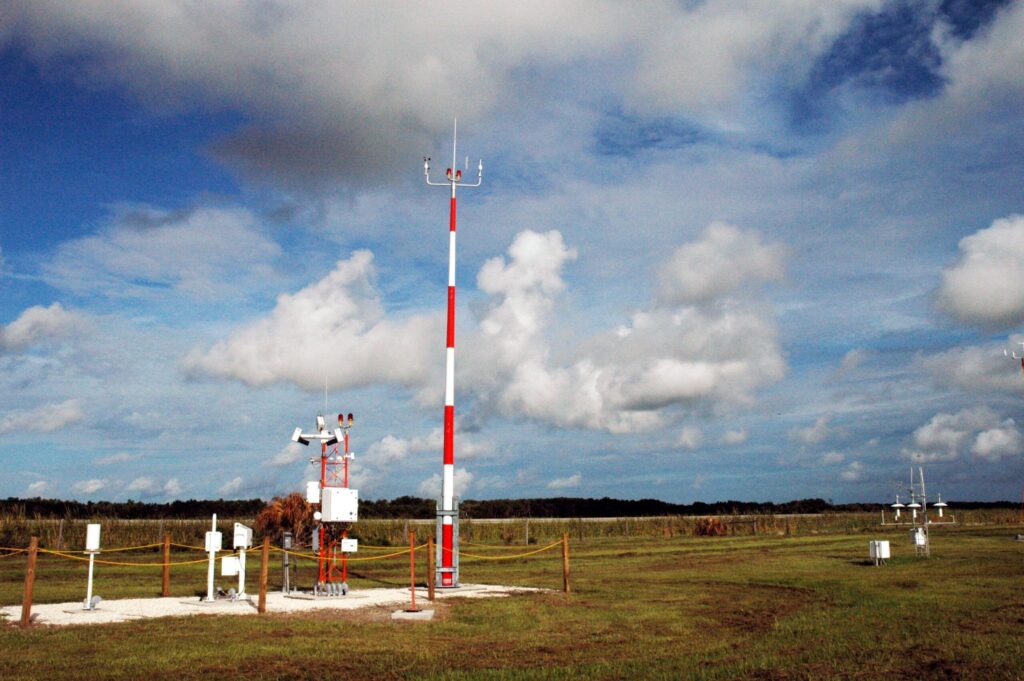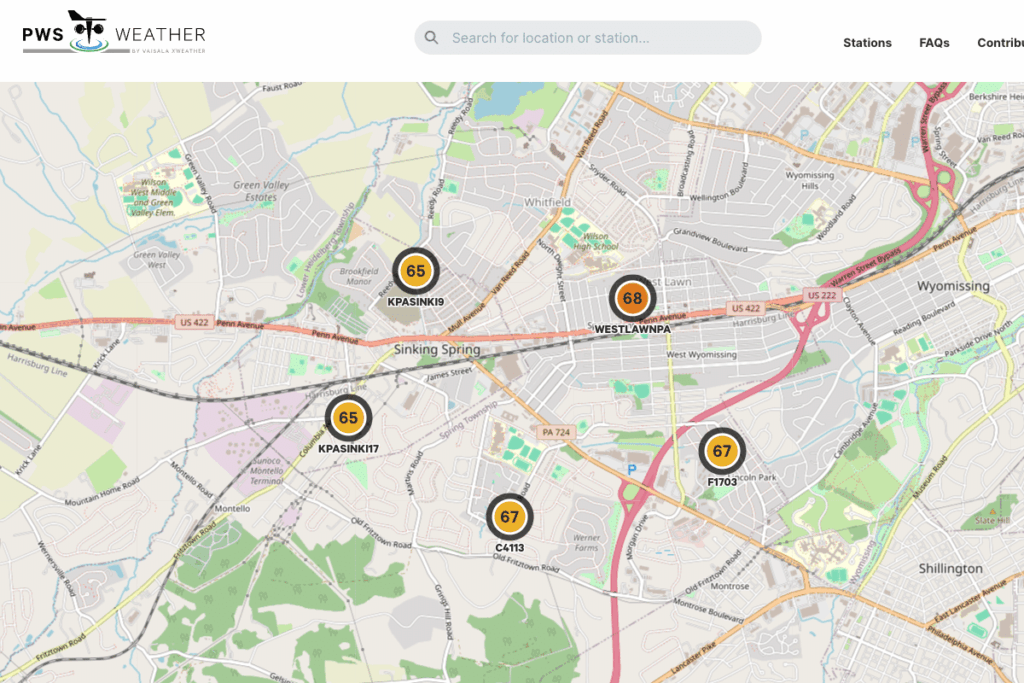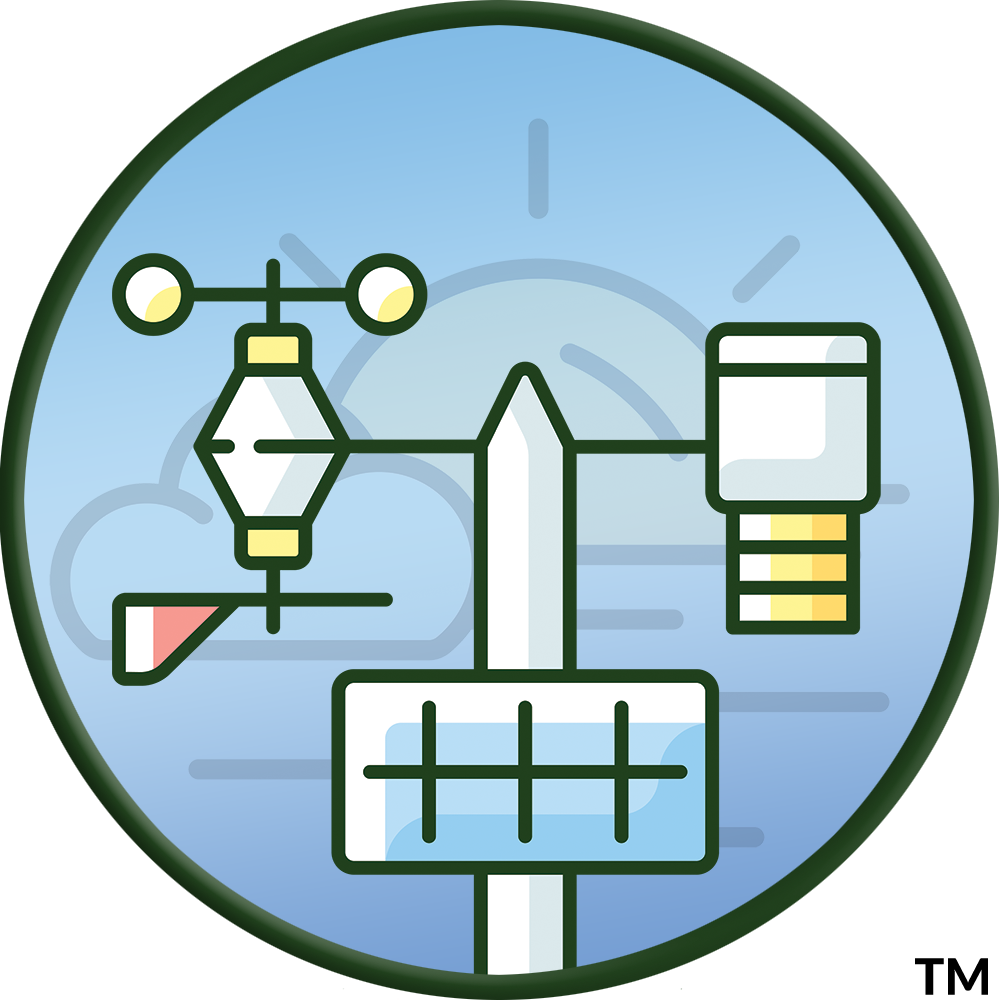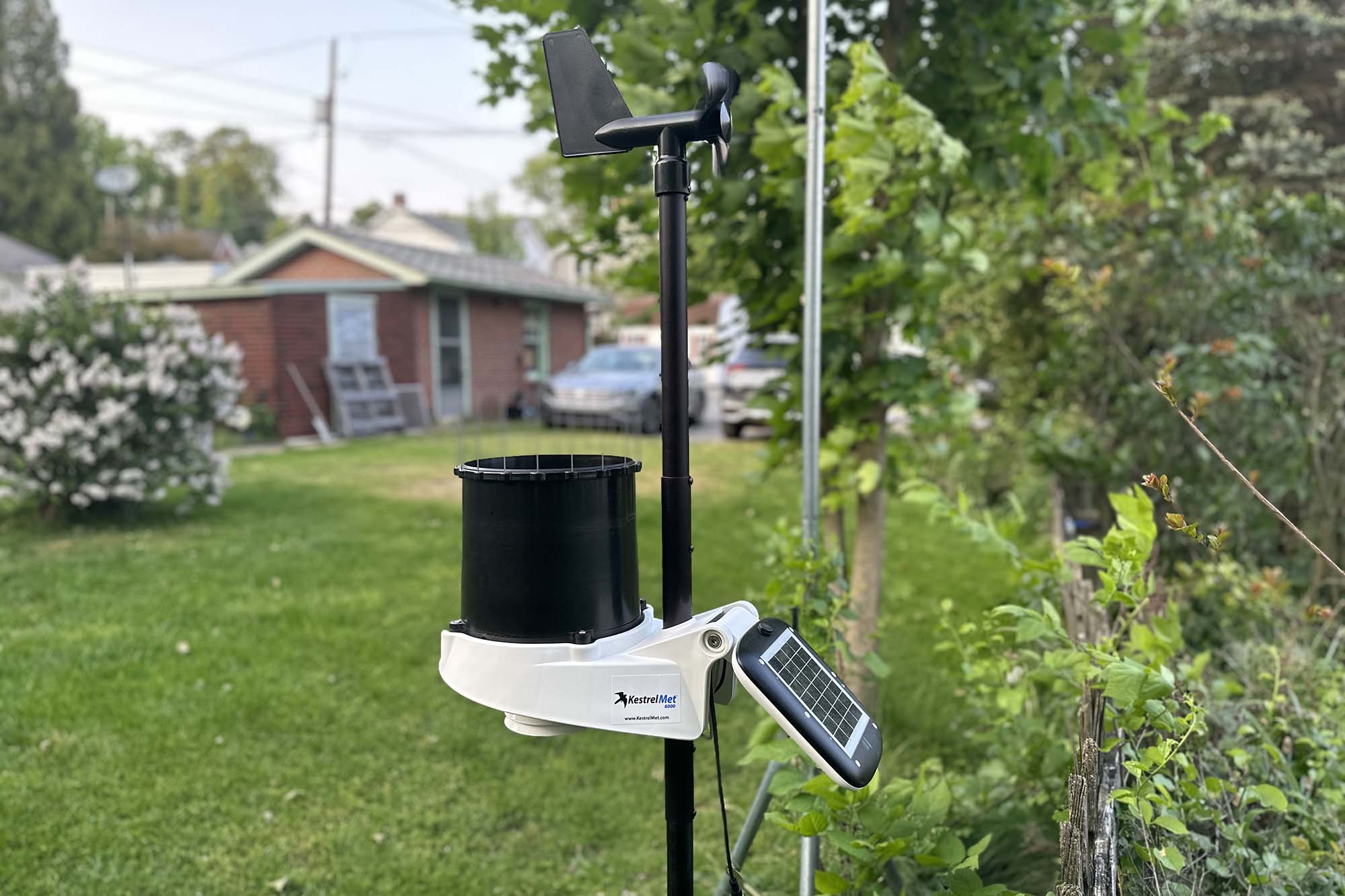While we’re here to find you the best home weather station, we also understand you just might be looking for accurate local weather data. Let us first stress that is not your weather app on your phone. That data can be delayed several minutes, which in rapidly changing weather isn’t ideal. We understand if you’re asking, “then how do I find weather stations near me, then?” That’s what this blog hopes to answer.
Thanks to the internet and the thousands of internet-connected weather stations worldwide, chances are even if you don’t own a weather station yourself, somebody in your neighborhood does. And then there are other weather station networks operated by organizations and private entities, too.

What different types of weather stations near me will I find online?
Online, you’ll find a few types of weather stations:
- Personal (home) weather stations: These stations are operated by individuals who have agreed to share their weather data publicly. Weather Underground is the most well-known aggregator of this data, but there are others.
- NOAA Automated Surface Observing Systems (ASOS): These stations are operated by NOAA or the FAA, and are most typically found at airports in suburban and rural areas or within major cities. This data is provided by the National Weather Service.
- Mesonets: Mesonets are networks of weather stations, and are typically maintained either by a government entity (state DOT, EPA) or a university. These provide hyper-local data and are most commonly found in the Midwestern US. (Many other states have mesonets too, just try Googling your state and the word mesonet to see).
- Private networks: Less common are private weather station networks. If you remember the WeatherBug stations at schools across the US, that is a privately maintained network. A more current example is WeatherFlow, and its network of stations all along the coastal areas of the United States (the company that created the Tempest Weather System). This data is not always available publicly, however.

How to find weather stations near you
Google is supposed to be your best friend here, but lately getting the results you’ve been looking for has been a chore. Finding a weather station near you depends on a few things, most notably if you need accuracy.
If that’s not an issue, then finding a local home weather station is pretty simple. While we’ve mentioned Weather Underground, PWSWeather is another potential place to look. These are probably the best bets to find accurate data. On Weather Underground, look for stations with a gold medal badge:

This indicates the station has been sending data that WU believes is “accurate” over the past five days (ours is considered accurate, however, our wind data is at ground level, so buyer beware).
PWSWeather also does some error checking of data, which involves comparing readings to nearby stations to spot potential anomalies. These stations typically don’t appear on the maps these services use to display weather data until the station’s issues are corrected. Unlike WU, PWS Weather does not flag stations for sending any more reliable data than another – that is shown to the station owner if there’s an issue, which removes the station from the map.
You can also check Davis WeatherLink or AmbientWeather.net for data, however in either case there’s no error checking, and any station that the owner has made public will appear.
For the most accurate data, stick with data from the National Weather Service (or Environment Canada) official stations, however, it’s likely the station will be farther away than using a nearby home weather station.

Purchasing a home weather station
Of course, one way to ensure you’re getting the most local, accurate readings is to purchase a home weather station. Luckily, you’ve come to the right place. Check out these resources:
- How much do weather stations cost?
- Our picks for the best home weather stations
- Thinking about a cheap weather station? Read this first
We hope we’ve answered some of your questions, as well as gave you some things to think about if you’re looking to purchase a home weather station in the future. Have any questions? We’d love to answer them. Leave a comment below.


